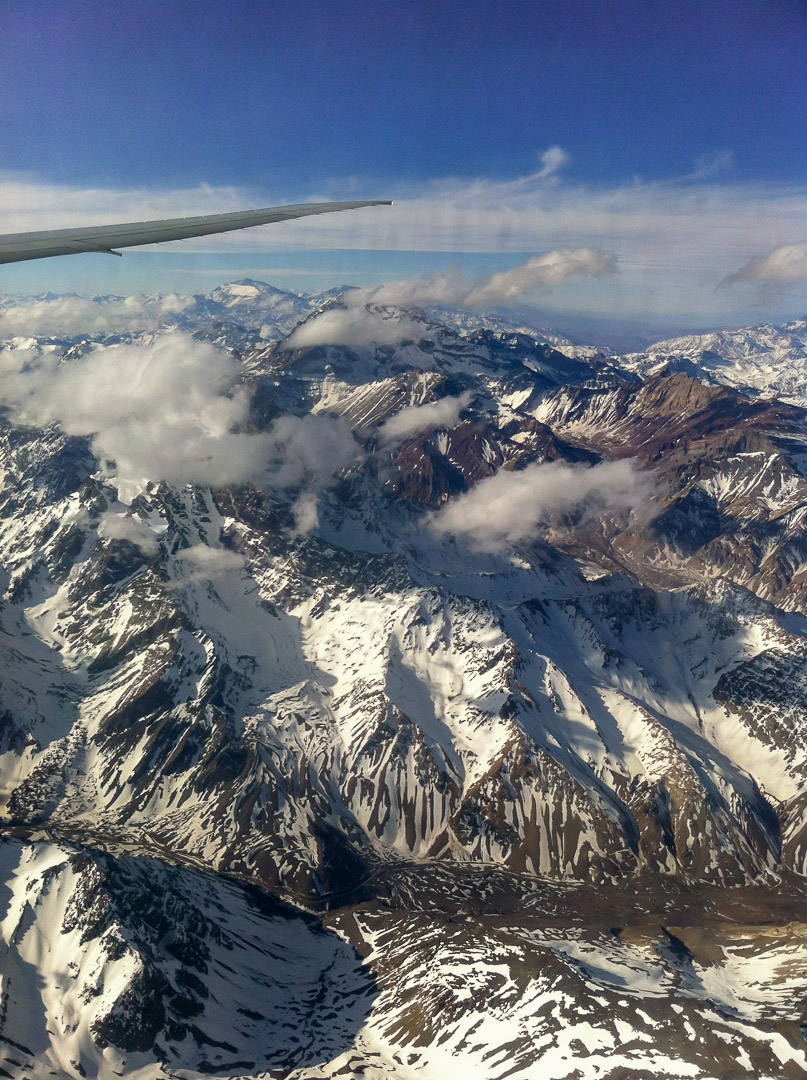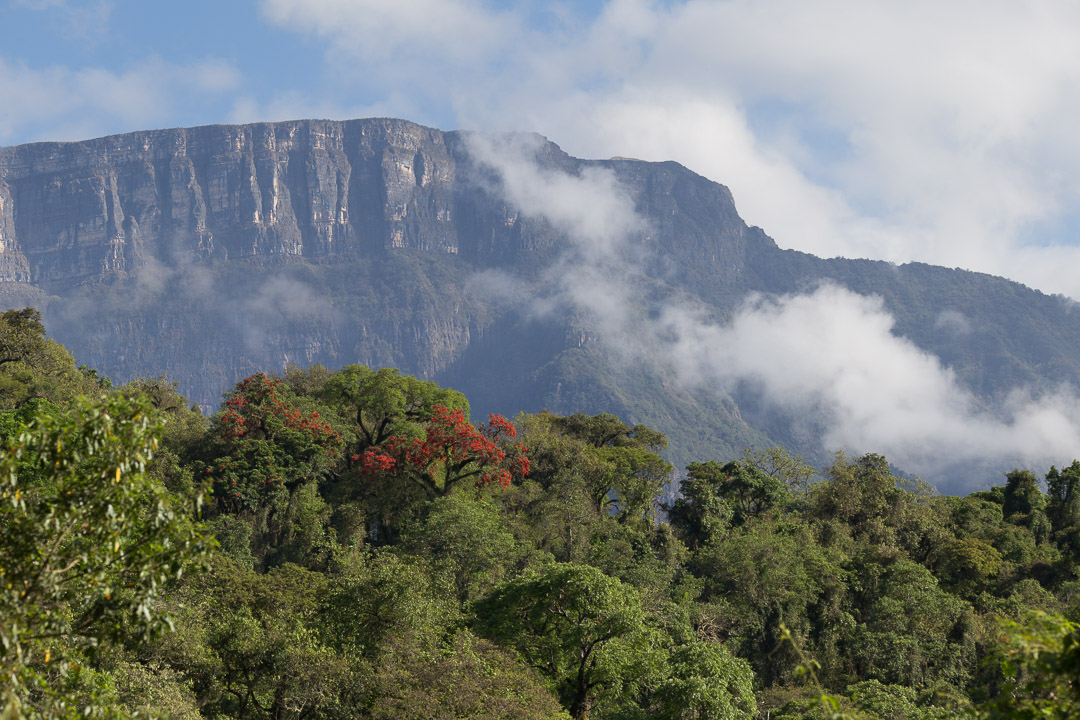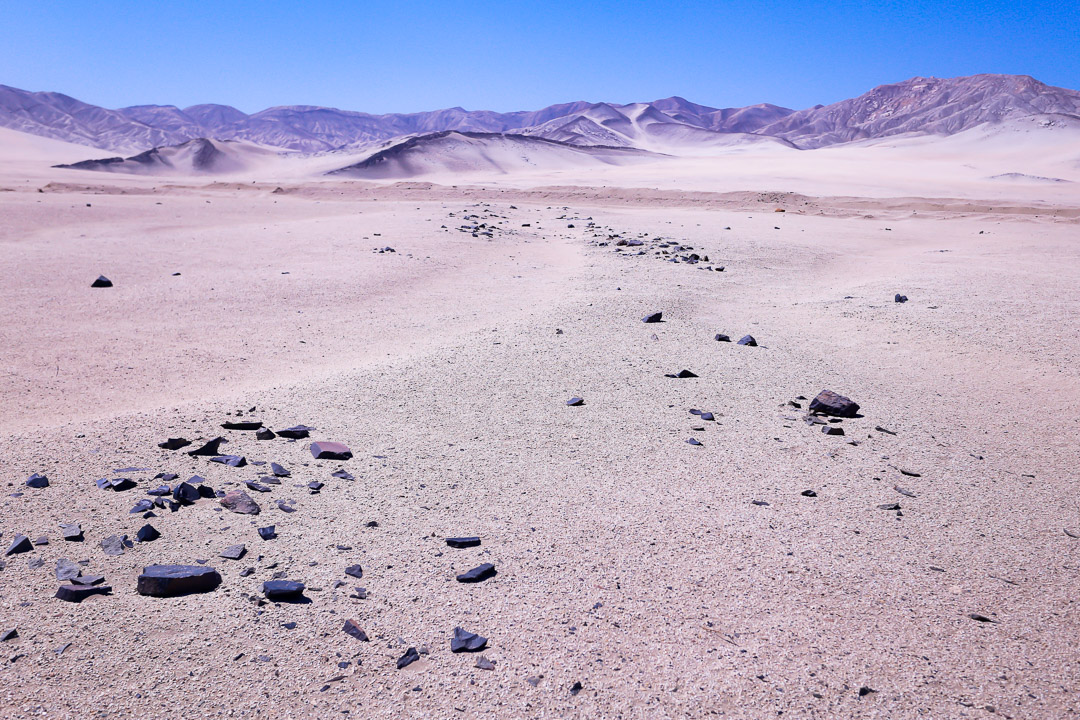‘Out of this World’ landscapes are to be found in South America..
After the continent broke off from Africa 100 million years ago it floated as an isolated island across the surface of the earth. During this time the continent was subject to gigantic and cataclysmic events effecting the whole planet.
Specific to South America was the creation of the Andes mountains and the spectacular landscapes. No mountain chain on the planet has had such a dramatic effect upon the evolution of wildlife as the Andes has.
As the Andes rose up, the mountains altered the direction and force of both winds and ocean currents and the effect of these on the continent was the creation of both deserts and rainforests.

Before the Andes were formed the amazon basin was an inland sea. With the formation of the Andes the prevailing winds from the Atlantic were stopped from travelling westwards and deposited their rain on the eastern slopes of the mountains. Rivers which up to that time had flowed westwards now were diverted eastwards into the Amazon basin. Eventually the mighty Amazon waters broke through the eastern cordillera on what is now the coast of Brazil, to enter the Atlantic. The volume of water from the Andes was so great that annual flooding inundated huge swathes of land. The formation of the wonderful amazonian forest had begun.
The other rain forest, created by the Andes is called the Yungas rain forest and this occupies the extensive eastern slopes of the Andes from northern Argentina up to Columbia. This is an image of the Calilegua National Park in northern Argentina, an area where the ‘Living Wild in South America’ team has spent some time filming.
A secondary effect of the Andes, was the rain shadow formation on the western slopes of the Andes, in Chile. In rain shadow regions little or no rain falls and so here the Atacama desert developed.

The Andes were formed by the collision of two continental plates. This collision zone lies in the Pacific Ocean and runs parallel to the continent several hundred miles offshore. This created a massive trench miles deep and helped to drag cold water up from the Antarctic, the Humboldt current. Where this cold current meets the warm tropical current the effect is the formation of more rain clouds. These clouds are pushed eastwards by the prevailing winds off the Pacific, but the air currents off the hot dry Atacama forces the clouds up and over the Andes and leads to seasonal rains being deposited for a second time on the eastern slopes.
Much further south, in the temperate areas of Southern Chile, the prevailing winds off the Pacific are much stronger than the ones off the Atlantic. What happens in this area is the opposite to what happens in the semi-tropical north. The rain falls on the western side of the Andes creating the vast Valdivian rainforests, temperate rainforests (similar to those in the NE of the United States).
Whilst the east of the Andes is in the rainshadow, which has led to the vast arid desert lands of Patagonia.
So the great Andean mountains in South America have formed both deserts and rain forests.




